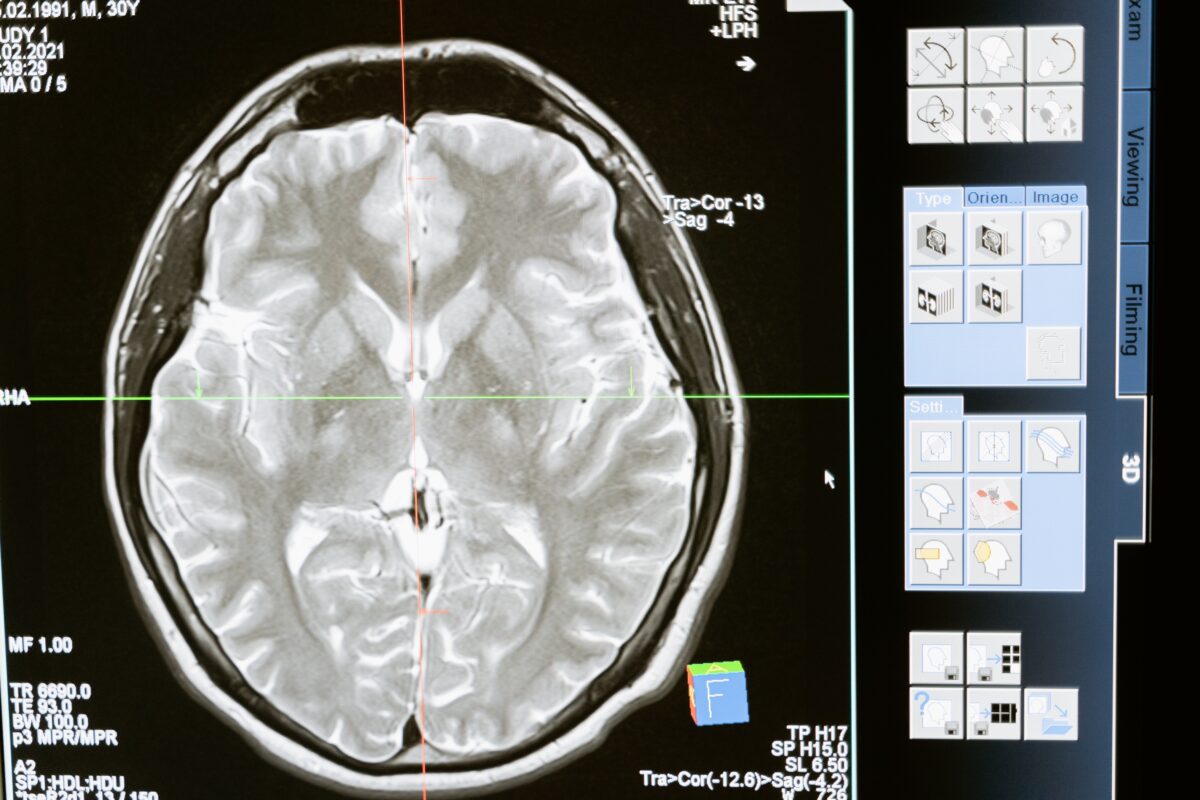Uncategorized
Advancements in non-invasive brain stimulation techniques

The realm of neuroscience has witnessed remarkable progress in recent years, particularly in the domain of non-invasive brain stimulation techniques. These cutting-edge methods are transforming our understanding of the brain’s intricate workings and opening doors to new possibilities in various fields, from mental health treatment to cognitive enhancement. In this article, we will delve into some of the noteworthy advancements that have taken place in non-invasive brain stimulation.
- Transcranial Magnetic Stimulation (TMS): TMS has emerged as a game-changer in non-invasive brain stimulation. This technique involves generating magnetic fields that penetrate the skull and induce electrical currents in targeted regions of the brain. TMS has shown promise in treating conditions like depression and anxiety, and ongoing research is exploring its potential in addressing neurological disorders such as Parkinson’s disease and schizophrenia.
- Transcranial Direct Current Stimulation (tDCS): tDCS is another technique garnering attention for its versatility and potential. By applying a low electrical current to the scalp, tDCS modulates neuronal activity. It has been investigated for its role in enhancing learning and memory, managing chronic pain, and even rehabilitating stroke patients. While more studies are needed, tDCS offers a non-invasive way to influence brain function.
- Focused Ultrasound: Focused ultrasound takes non-invasive brain stimulation to a new level by using ultrasound waves to target specific brain areas. This technique can temporarily disrupt the blood-brain barrier, enabling targeted drug delivery to treat conditions like Alzheimer’s. Additionally, focused ultrasound shows promise in modulating neural circuits and has implications for treating movement disorders.
- Optogenetics: Although still in its nascent stages, optogenetics holds immense potential for non-invasive brain stimulation. This innovative technique involves genetically modifying neurons to respond to light, allowing researchers to control neural activity with unprecedented precision. While its application in humans is limited due to genetic modification requirements, optogenetics offers insights into fundamental brain processes.
- Functional Near-Infrared Spectroscopy (fNIRS): fNIRS is a non-invasive imaging technique that measures changes in blood oxygenation levels in the brain. By monitoring these changes, researchers can infer brain activity in real-time. fNIRS holds promise for various applications, including cognitive assessment, neurofeedback, and aiding in the rehabilitation of individuals with brain injuries.
- Electroencephalography (EEG): EEG is a well-established non-invasive technique that records electrical activity from the scalp’s surface. Recent advancements have led to the development of wearable EEG devices, enabling continuous monitoring of brain activity in various settings. These devices have potential applications in brain-computer interfaces, sleep monitoring, and mental state assessment.
The field of non-invasive brain stimulation techniques is experiencing a rapid evolution, driven by advances in technology and a deeper understanding of the brain’s intricacies. These techniques offer new avenues for investigating brain function, treating neurological disorders, and enhancing cognitive abilities. As research continues to unfold, it’s likely that we will witness even more groundbreaking discoveries, further expanding the horizons of neuroscience and its potential to improve human well-being.


